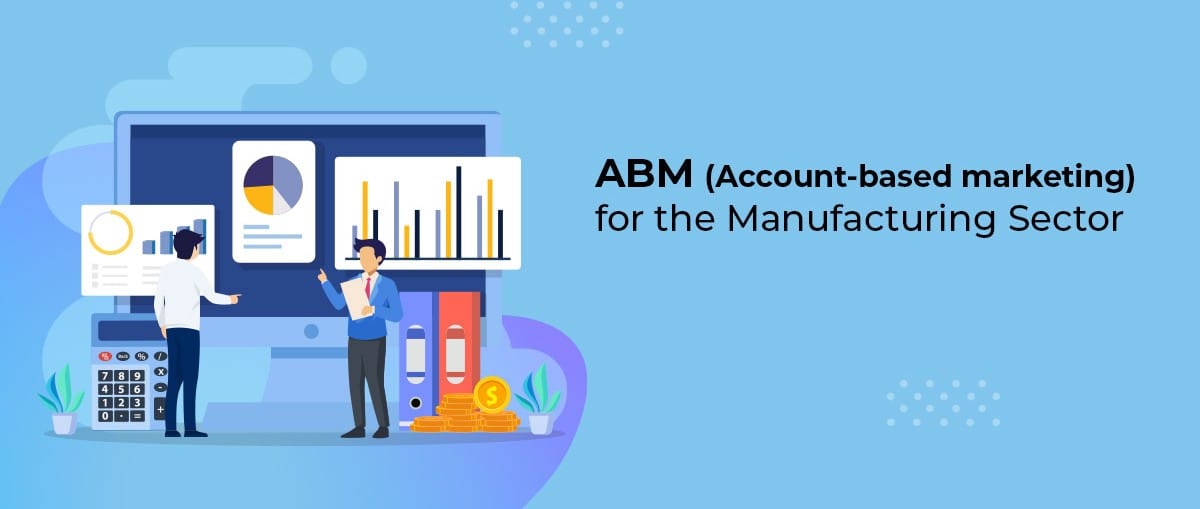The Rise of ABM
Account-Based Marketing (ABM) isn’t new—it traces back to the 1990s when Don Peppers and Martha Rogers introduced the “One-to-One Future” concept, revolutionizing marketing by focusing on individual customer relationships over mass outreach.
Today, ABM has become a B2B powerhouse, helping companies like Microsoft, Salesforce, and IBM drive hyper-personalized engagement with high-value accounts. According to Google Trends, ABM’s popularity has surged as businesses recognize its ability to shorten sales cycles and boost ROI.
But executing ABM effectively remains a challenge. Below, we break down the best practices to succeed in the digital ABM era.
1. Identify & Prioritize High-Value Accounts
Not all accounts are equal. ABM demands a laser-focused approach on the most promising prospects.
How to Do It Right:
✔ Define Your Ideal Customer Profile (ICP) – Firmographics, revenue, industry, tech stack.
✔ Leverage Intent Data – Tools like Zoominfo, Linkedin, Apollo or 6sense identify accounts actively researching solutions.
✔ Align with Sales – Collaborate to refine the target list.

2. Build a Hyper-Targeted Account List
Once you’ve defined your ICP, create a high-value account list with precision.
Best Practices:
✔ Use ZoomInfo, Clearbit, or LinkedIn Sales Navigator for accurate firmographic data.
✔ Segment accounts by revenue potential, strategic fit, and buying stage.
✔ Continuously refine the list based on engagement signals.
3. Identify Key Decision-Makers & Influencers
ABM isn’t just about targeting companies—it’s about reaching the right people within them.
How to Find Them:
✔ Sales Intelligence Tools (e.g., Lusha, RocketReach) uncover decision-makers.
✔ Engage on LinkedIn – Analyze job titles, content interactions, and mutual connections.
✔ Track Buying Committees – Identify champions, influencers, and blockers.
4. Align Sales & Marketing for ABM Success
ABM fails without alignment. Marketing and sales must operate as one team.
Collaboration Tactics:
✔ Shared KPIs – Account engagement, pipeline growth, deal velocity.
✔ Regular Syncs – Weekly check-ins to review account progress.
✔ Unified Tech Stack – CRM (Salesforce/HubSpot) + ABM tools (Terminus/Demandbase).
5. Execute Multi-Channel, Hyper-Personalized Campaigns
Generic outreach won’t cut it. ABM thrives on personalization at scale.
Tactics to Deploy:
✔ Custom Content – Tailored case studies, whitepapers, and videos.
✔ LinkedIn Ads & InMail – Hyper-targeted messaging.
✔ Direct Mail – Handwritten notes or personalized gifts.
✔ Exclusive Webinars – Invite-only events for key accounts.
6. Measure & Optimize ABM Performance
ABM success hinges on data-driven refinement.
Key ABM Metrics:
✔ Account Engagement – Website visits, content downloads.
✔ Pipeline Velocity – How fast deals move through the funnel.
✔ Win Rates & Deal Size – Impact on revenue growth.
Conclusion: ABM is the Future of B2B Growth
From its roots in 1:1 marketing to today’s AI-driven ABM platforms, this strategy continues to evolve. Companies that master hyper-personalization, sales-marketing alignment, and data-driven execution will dominate in the B2B space.
🚀 Ready to Transform Your ABM Strategy?
Get a Free ABM Consultation
📌 Bonus: ABM Checklist (Free Download)
🔹 Define ICP & high-value accounts
🔹 Build a targeted account list
🔹 Identify key decision-makers
🔹 Align sales & marketing
🔹 Launch multi-channel campaigns
🔹 Measure & optimize
📢 Case Study Spotlight
How [Your Company] Helped a Tech Giant Increase Pipeline by 200% with ABM
Read the Full Case Study
By implementing these proven ABM strategies, your B2B organization can drive higher conversions, bigger deals, and stronger customer relationships.
💬 What’s your biggest ABM challenge? Comment below!





